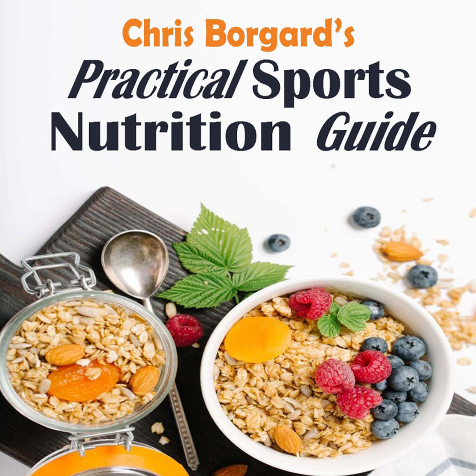I have heard that quite frequently in the exercise world that short bursts of extreme energy (such as sprinting or weight lifting) kind of “jumpstarts” your metabolism allowing you to burn fat faster. It is difficult to differentiate between what is true and what is false. Ultimately I would like to know how short, burst activities affect the human body [metabolic rate]?
There are a couple of very plausible explanations to add substance to the notion of high-intensity exercise “jump-starting” metabolism. One deals with a physiological factor known as EPOC (excess post-exercise oxygen consumption), and the other with a general knowledge of the bodies limited energy systems. While it would be difficult to explain in an email, I can tell you that the culminating effect of weight training on fat metabolism cannot be ignored. In fact, there was a sustained period in my life where I was eating 9,000 calories a day training to play college football, and yet during this time neither my body fat or overall weight were increasing in the slightest – this despite the fact that I was doing virtually no cardio-style training, and was ONLY lifting weights or doing high intensity sprints and plyos.
Is maximal lifting (100% of PR) recommended for high school aged student athletes, or should they be more focused on light weight, high repetition workouts?
In my opinion, assuming technique is being taught properly, the loads that a high school athlete trains with can (and should) vary greatly on an individual case-by-case basis. Some high school boys, for example, are nearly fully developed by age 16-18, whereas many others are still virtually pre-pubescent at age 15-16; and the latter should not be lifting weights heavy, if yet at all. However, if these teens are sufficiently fully developed, recovery hormones secreted at rest by young men and women in this age group are usually higher than at any other time of their life, enabling them to train very hard with less physical hardships.
Currently, my weight lifting weekly routine has me hitting one major muscle group a day (e.g. back day, chest day, etc.). I’ve been doing this routine for the past 6 months and have seen great results in overall body composition and increase in maxes. Currently, my goal is to decrease overall body fat percentage and maintain strength. I know many people recommend hitting major muscle groups two times a week to see better results. In order to achieve my fitness goals, would you recommend hitting major muscle groups twice a week?
The best answer probably depends on what is most important to your fitness goals. If overall strength is your priority, a transition to working major muscle groups twice weekly will produce exponential increases. However, I know that bodybuilders prefer to devote an entire day to a single muscle group since it allow them to focus more attention on developmental gains or changes in appearance for vanity purposes. Unless you are interested in doing bodybuilding show competitions, I encourage you to graduate to the twice-weekly approach and discover new-found strength in areas that you haven’t realized before!
– CHRIS BORGARD
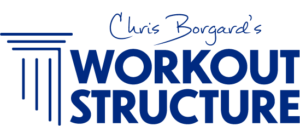
T.O.P. PROGRAM LOGO
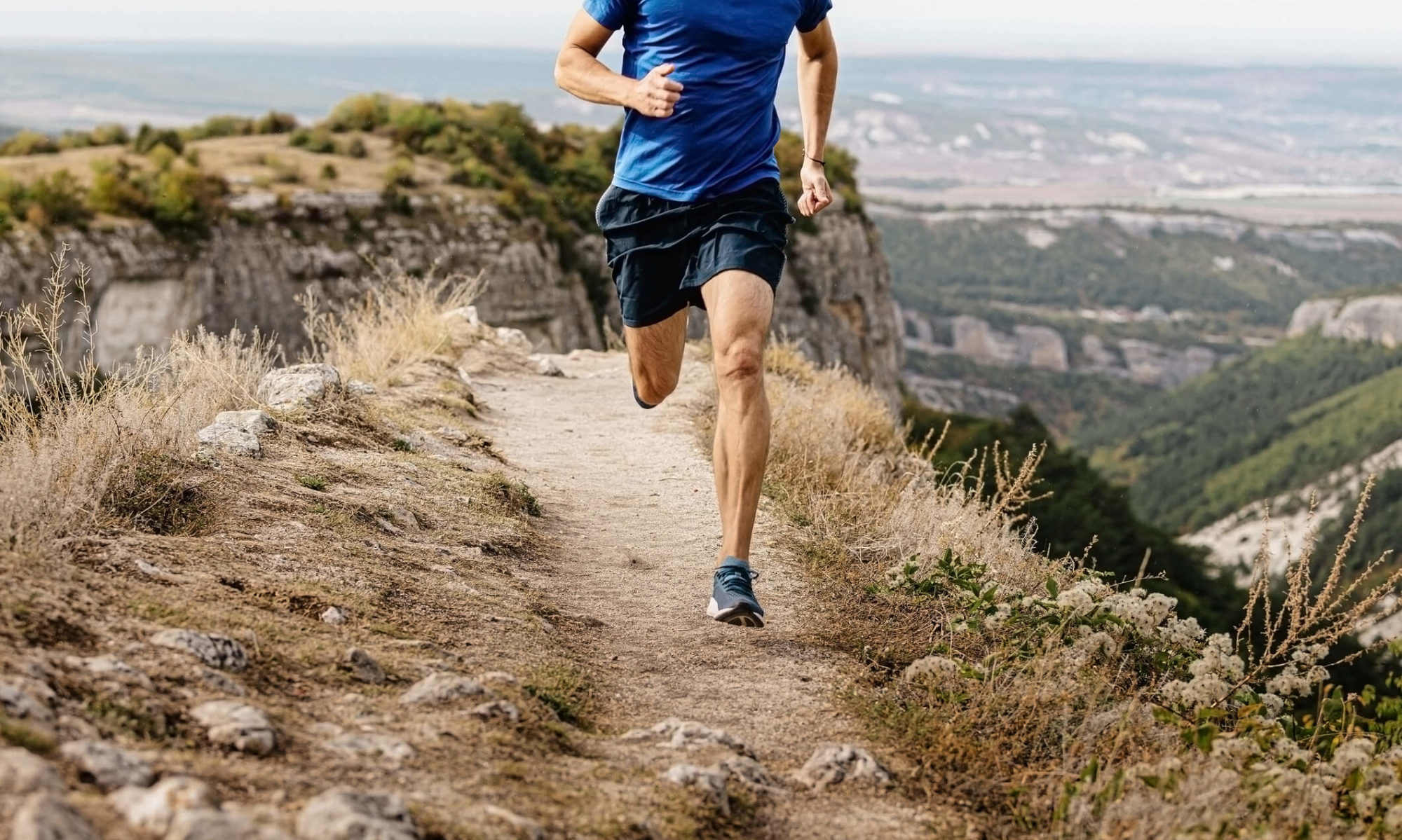



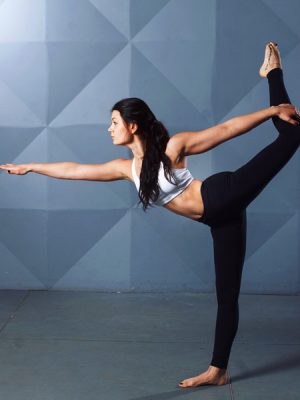
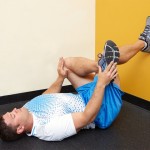 Start close to a wall lying on your back. Place one foot up on the wall with the tailbone staying on the ground. If you are a proper distance from the wall the knee of the wall leg will be bent to 90 degrees.
Start close to a wall lying on your back. Place one foot up on the wall with the tailbone staying on the ground. If you are a proper distance from the wall the knee of the wall leg will be bent to 90 degrees.











